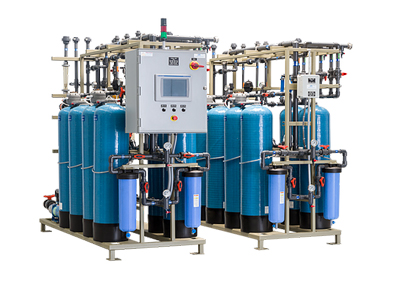
In Micro Water Solution wastewater treatment are typically well on their way to water independence. Their facilities already use low-flow fixtures and irrigation controls and harvest rainwater and stormwater to reduce potable water demands. Blackwater recycling is simply the next step to closing the water loop. While many areas of the country still enjoy inexpensive water, discharge rates and stormwater fees are driving up utility bills. Buildings pay for water twice – once for potable needs and again to discharge sewage – so there’s strong motivation to become part of the process. Even more so when you consider that very little water in your facility needs to be treated to drinkable standards. “By taking on the cost of water treatment, you gain a level of control over your utility rates,” says Paul Schuler, engineered systems region executive for the Americas with GE Power & Water, a manufacturer of wastewater technology. Reclaiming wastewater is also a powerful way to reduce your environmental impact and relieve pressure on your municipal infrastructure. Consider how far away your building is from your local treatment plant – every mile represents energy that’s required to pump water and sewage back and forth. “One of the biggest advantages of water recycling is that it decentralizes the wastewater treatment process,” says Tracy Cort, operations manager for the firm Vision Engineering. The water recycling process utilizes very basic physical, biological and chemical principles to remove contaminants from water. Use of mechanical or physical systems to treat wastewater is generally referred to as primary treatment. Use of biological processes to provide further treatment is referred to as secondary treatment. Additional purification is called tertiary or advanced treatment.